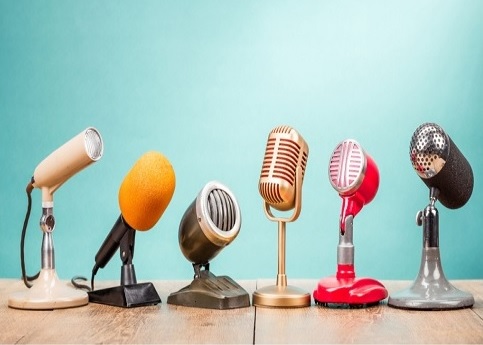
6 Ways to Cancel Microphone Noise
- On July 22, 2024
- microphone noise, noise cancelling microphone
Noise captured by the microphone can be frustrating as it affects the clarity and quality of the recorded or transmitted sound. Following are 6 ways to cancel the noise introduced by the microphone.

Microphone malfunction
Make sure there is no microphone malfunction. Microphone malfunctions can introduce various types of noise into the audio signal. Here are a two common issues that can arise from a malfunctioning microphone and ways to address them:
- Static or Hissing Noise: If your microphone is producing a constant background hissing or static noise, it could be due to a faulty cable or connection. Try using a different cable or connector to see if the issue persists. Additionally, check if the microphone’s cable is properly shielded and not damaged, as it can introduce interference. If the problem persists, the microphone itself may be defective and require repair or replacement.
- Electrical Interference Noise: Malfunctioning microphones can sometimes pick up electrical interference from nearby devices or power sources. This interference can manifest as buzzing, humming, or crackling sounds. To mitigate this, ensure that your microphone cables are routed away from power sources, electrical equipment, and other devices that may generate electromagnetic interference. Using balanced cables can also help reduce the chances of interference.
Microphone placement
Experiment with the placement of your microphone to find the sweet spot where it picks up your voice clearly while minimizing background noise. Position the microphone as close to your mouth as possible without causing distortion or excessive proximity effect. Avoid placing the microphone in close proximity to noise sources like fans, air conditioners, or other devices that generate unwanted sounds.
Directional microphone
Opt for directional microphones which are more sensitive to sounds coming from the front while rejecting noise from the sides and rear. This can help isolate the main audio source and reduce ambient noise pickup.
Treat the recording environment
Reduce background noise by treating the recording environment. Use soundproofing techniques to minimize sound reflections, such as installing acoustic panels, foam, or curtains to absorb or dampen sound waves. Additionally, isolate the recording area from external noise sources by closing windows, doors, and using noise-isolating materials.
Noise Cancelling microphone
Consider investing in a microphone that has built-in noise-canceling features. These microphones are designed to reduce background noise and focus on capturing the primary audio source, such as your voice. Noise-canceling microphones often employ technologies like directional recording, active noise cancellation and multi-microphone approach to minimize unwanted sounds.
Noise Cancelling application
If you’re dealing with persistent background noise or unwanted sounds, you can install a real-time noise cancelling app. Software tools can help remove or significantly attenuate background noise from your live calls and also from your recordings. These tools use advanced algorithms, including AI and analytic models, to analyze the audio and separate the desired voice signal from the noise and attenuate the latter.
Remember, while these methods can help minimize microphone noise, achieving perfect noise cancellation may not always be possible. It’s important to choose the right equipment, optimize your recording environment, and apply appropriate techniques to minimize noise during your calls and in your recordings.


